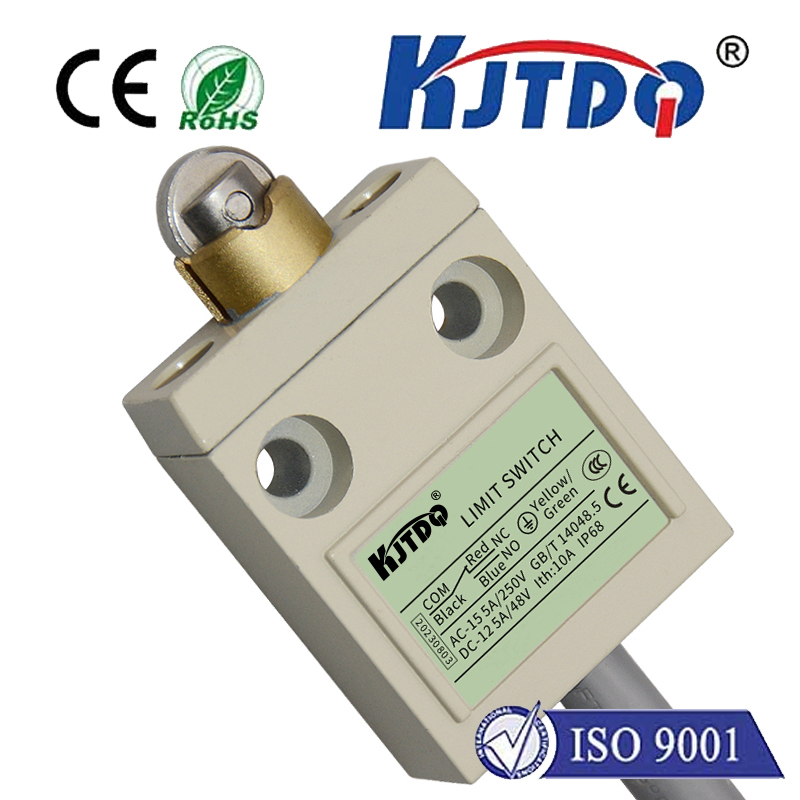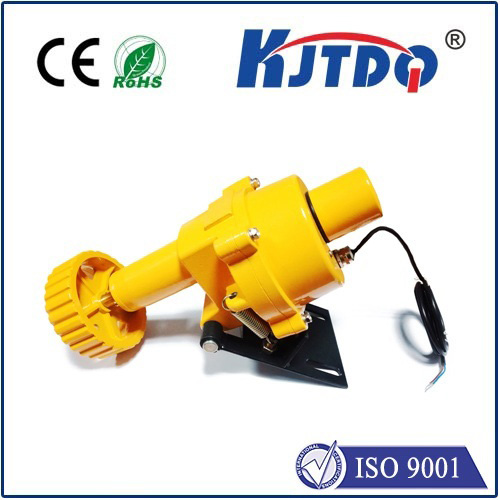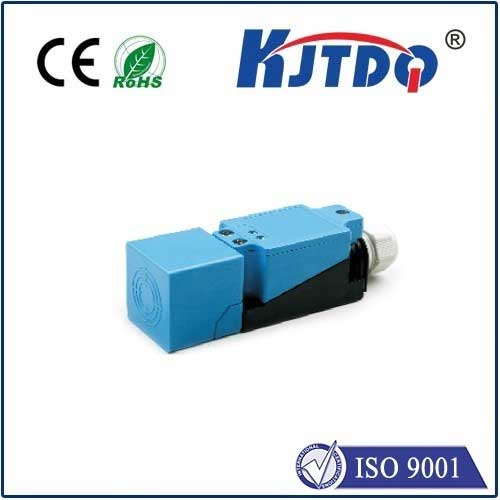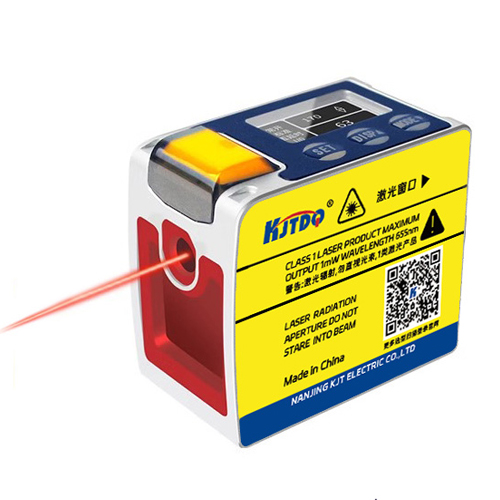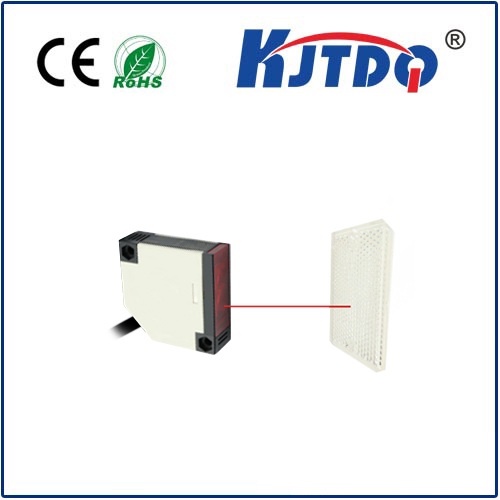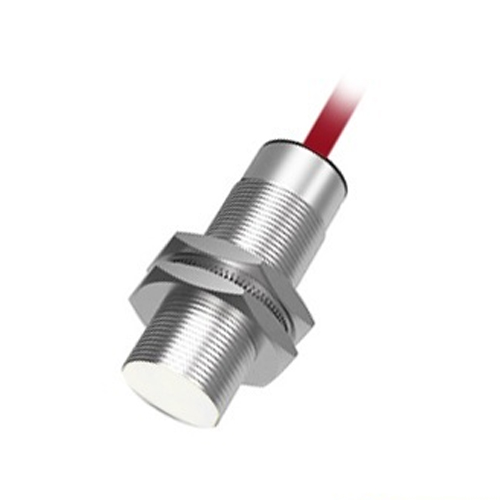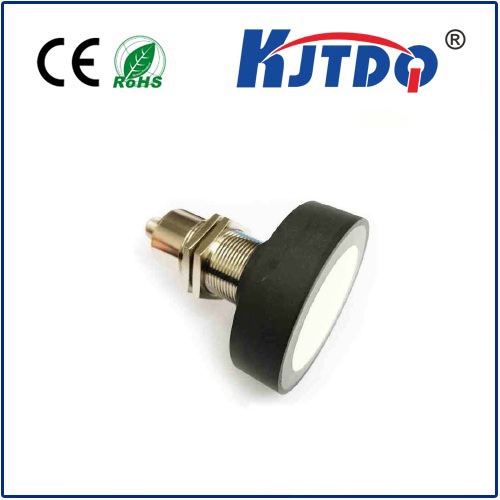laser displacement sensor
- time:2025-09-11 03:20:40
- Click:0
The Precision Powerhouse: How Laser Displacement Sensors Revolutionize Modern Measurement
Imagine measuring the thickness of a human hair, detecting microscopic vibrations on a running engine, or ensuring the flawless flatness of a silicon wafer in real-time. Welcome to the world of laser displacement sensors, the unsung heroes enabling unparalleled precision and reliability across countless industries. These sophisticated instruments harness the unique properties of light to perform non-contact measurements with astounding speed and accuracy, fundamentally changing how we monitor, control, and guarantee quality in modern manufacturing and beyond. Far beyond simple rulers, they are dynamic tools powering automation and innovation.
At their core, laser displacement sensors operate on precise optical principles to determine an object’s distance or position relative to the sensor itself, without physically touching it. The two dominant technologies are laser triangulation and laser interferometry.
- Laser Triangulation (Most Common): This method projects a focused laser spot onto the target surface. The reflected light travels back at an angle to the incident beam and is detected by a sensitive optical element, usually a Position Sensitive Detector (PSD) or a Charge-Coupled Device (CCD). The position of the reflected spot on the detector shifts based on the target’s distance. Sophisticated internal electronics then calculate the exact displacement using trigonometric principles. This technology excels in a vast range of applications, from measuring smooth surfaces to detecting edges, offering an excellent balance of speed, cost, and accuracy. Key factors influencing performance include the laser wavelength (red and blue lasers are common, each with advantages), the spot size, and the sensor’s stand-off distance and measurement range.
- Laser Interferometry (Highest Precision): Achieving nanometer or even sub-nanometer resolution, interferometry relies on the wave nature of light. It splits a laser beam into a reference path and a measurement path directed at the target. The reflected measurement beam recombines with the reference beam, creating an interference pattern. Changes in the target distance alter this pattern, and the sensor translates these minute phase shifts into displacement measurements. While offering exceptional precision, interferometers are often more complex and sensitive to environmental factors than triangulation sensors. They are typically employed in ultra-high-precision applications like semiconductor manufacturing or metrology labs.
Understanding the specifications is crucial for selecting the right sensor for the job. Key parameters include:
- Resolution: The smallest detectable change in distance. Sub-micron resolution is common, with interferometers reaching the nanoscale.
- Accuracy: How close the measured value is to the true value. Influenced by linearity, temperature stability, and target surface properties.
- Linearity: How consistently the sensor measures across its entire range. High linearity is vital for reliable data.
- Measurement Range: The distance over which the sensor can accurately operate.
- Sampling Rate/Speed: How quickly the sensor can take and output measurements. Critical for high-speed production lines or vibration analysis.
- Spot Size: The size of the laser dot on the target. Smaller spots enable precise measurement of small features or edges.
The versatility of laser displacement sensors drives their adoption across a staggering array of sectors:

- Manufacturing & Quality Control: They are indispensable for:
- Dimensional Gauging: Measuring thickness, width, height, and diameter of parts on production lines (e.g., automotive components, rolled metals, plastic extrusions).
- Surface Inspection: Detecting warpage, flatness, coplanarity (e.g., semiconductor wafers, display panels, sealing surfaces). Detecting bumps, dents, or scratches.
- Runout & Vibration Analysis: Monitoring shaft wobble, gear tooth profiles, or bearing vibrations for predictive maintenance and performance validation.
- Precision Positioning: Ensuring robotic arms or assembly stages are correctly aligned.
Electronics & Semiconductor: Demanding nanometer-level precision for wafer thickness, warpage, step heights, and component placement. Laser displacement sensors ensure the integrity of microchips and delicate assemblies.
Automotive: Used extensively in engine block profiling, brake disc thickness measurement, panel gap analysis, suspension component testing, and tire tread inspection.
Aerospace: Verifying the integrity of turbine blades, measuring composite material thickness, and ensuring precise component alignment under stringent tolerances.
Medical Device & Pharma: Measuring minute features on implants, syringes, or vials, and verifying packaging integrity. Non-contact measurement is crucial for sterility.
Research & Development: Providing high-fidelity data for material science experiments, micro-mechanics, and prototype testing.
Compared to traditional contact methods like dial indicators or Coordinate Measuring Machines (CMMs), laser displacement sensors offer decisive advantages:
- Non-Contact Operation: Eliminates damage to delicate surfaces, avoids mechanical wear on the sensor, and enables measurement of moving, hot, vibrating, or soft targets.
- High Speed: Capable of taking thousands or even millions of measurements per second, ideal for real-time process control on fast-moving production lines.
- Exceptional Accuracy & Resolution: Surpasses most contact methods in achievable precision, especially over short ranges.
- Reduced Measurement Uncertainty: Eliminates issues like stylus deflection or tip wear inherent in contact probes.
- Versatility: Adaptable to measure various materials, colors (though reflectivity matters), and shapes with different sensor models and configurations (confocal chromatic sensors excel for transparent/curved surfaces).
Choosing the optimal laser displacement sensor requires careful consideration:
- Required Accuracy & Resolution: What level of precision is essential?
- Measurement Range: How far does the target move relative to the sensor?
- Target Characteristics: Material, color, surface finish (rough, shiny, transparent, curved)? This dramatically affects laser reflection. Diffuse reflective sensors handle rough surfaces well, while specular types are for mirrors.
- Environment: Temperature fluctuations, dust, moisture, vibration? Require sensors with appropriate ingress protection (IP ratings) and stability.
- Speed Requirements: How fast does the measurement need to be? Match the sensor’s sampling rate to the application dynamics.
- Output & Integration: Analog (e.g., 0-10V, 4-20mA), digital (e.g., RS-232, USB, Ethernet), or fieldbus (e.g., EtherCAT, PROFINET) outputs? Must interface with PLCs, SCADA systems, or data loggers.
- Size & Mounting Constraints: Ensure the sensor physically fits in the available space.
From ensuring the perfect gap on a luxury car door to guaranteeing the flatness of the next generation smartphone screen, laser displacement sensors are fundamental building blocks of modern precision engineering. Their ability to deliver high-speed, non-contact, and highly accurate measurements makes them irreplaceable tools for quality assurance, process optimization, and scientific discovery. As technology advances, offering even higher speeds, better algorithms to handle challenging surfaces, and smarter integration capabilities, the role of the laser displacement sensor will only continue to expand, driving innovation and efficiency across the global industrial landscape.






